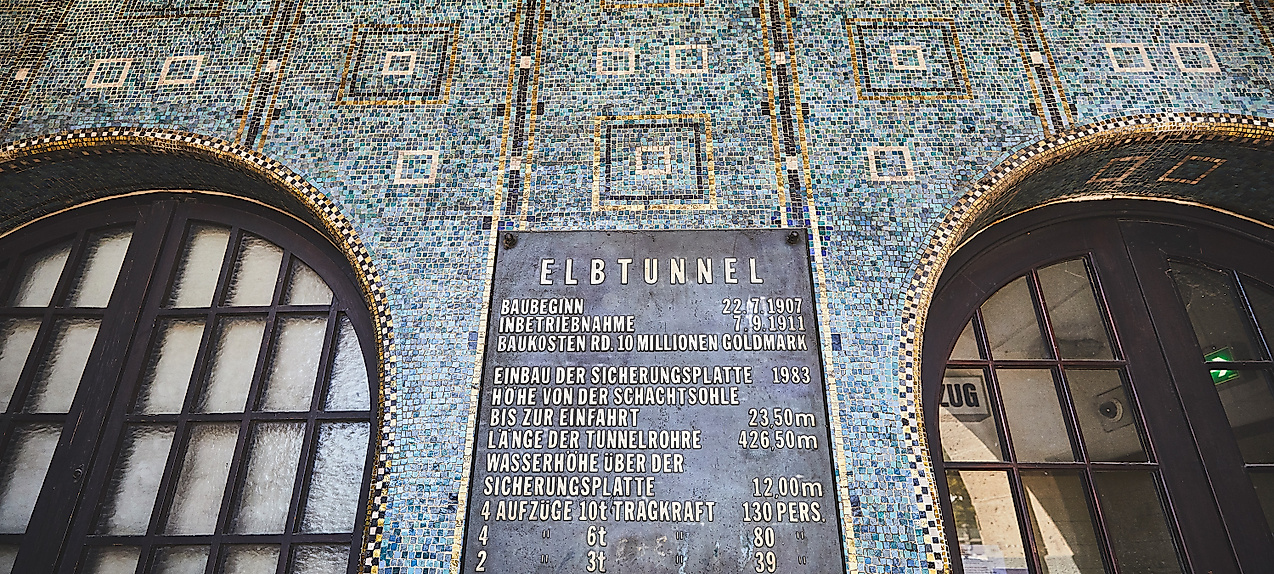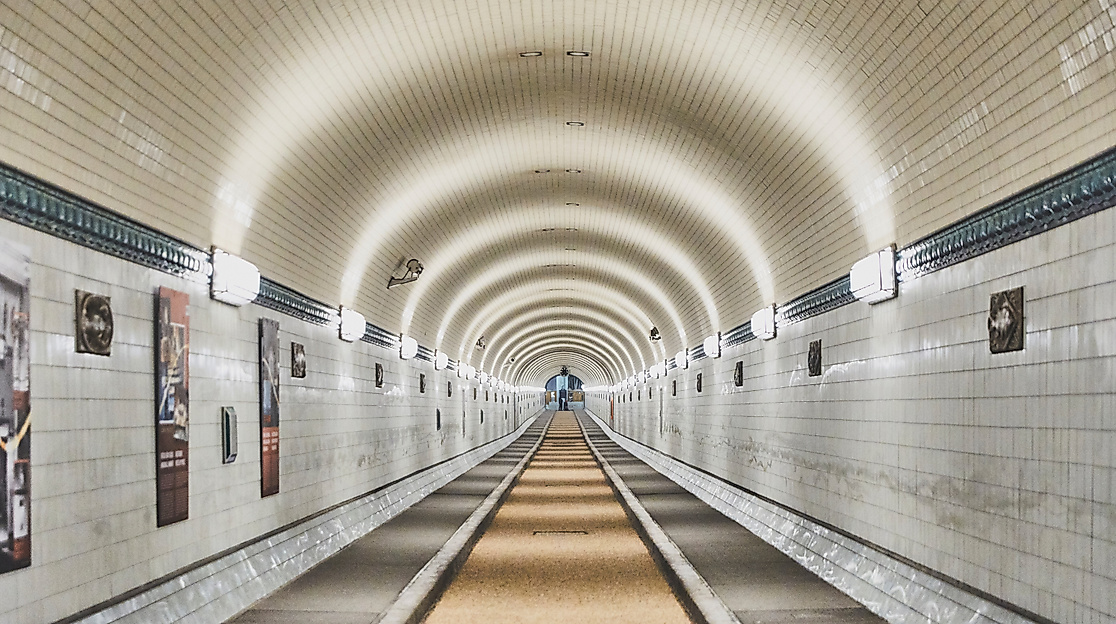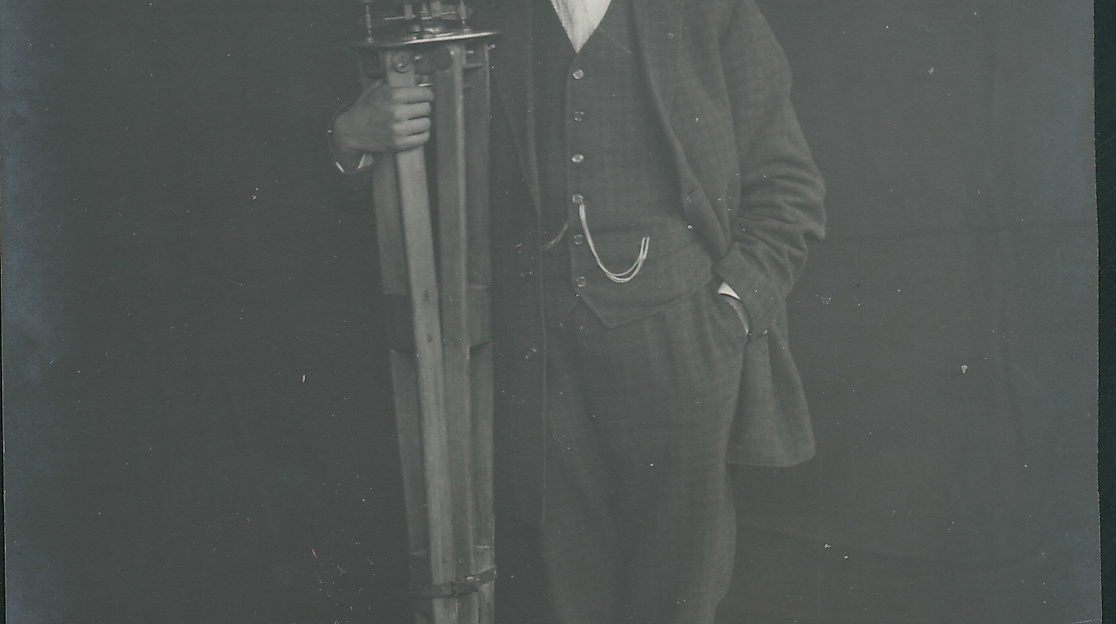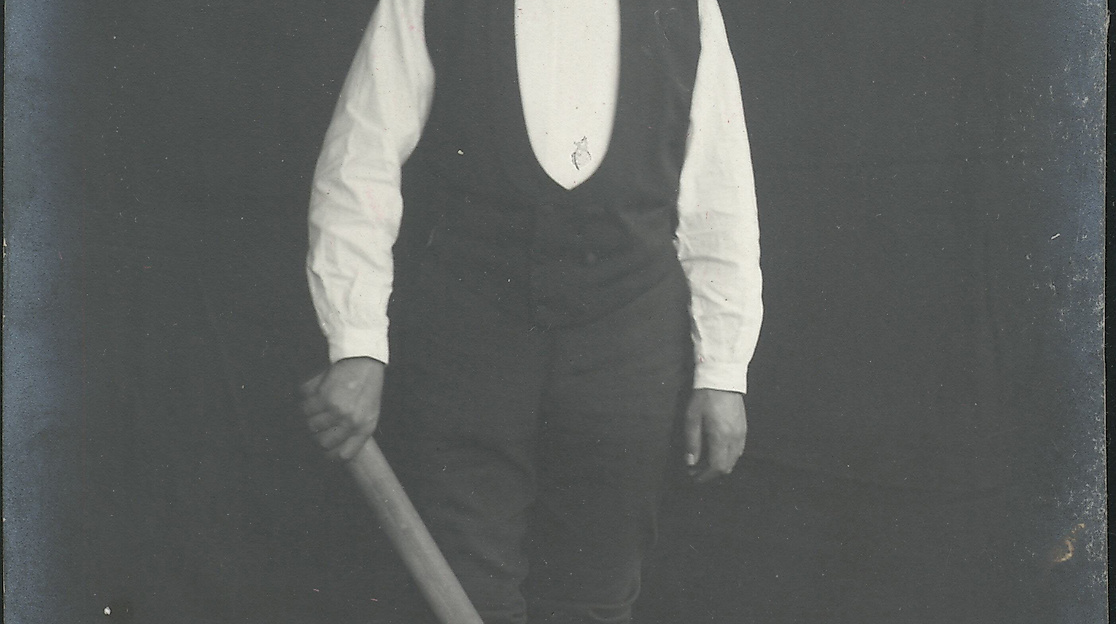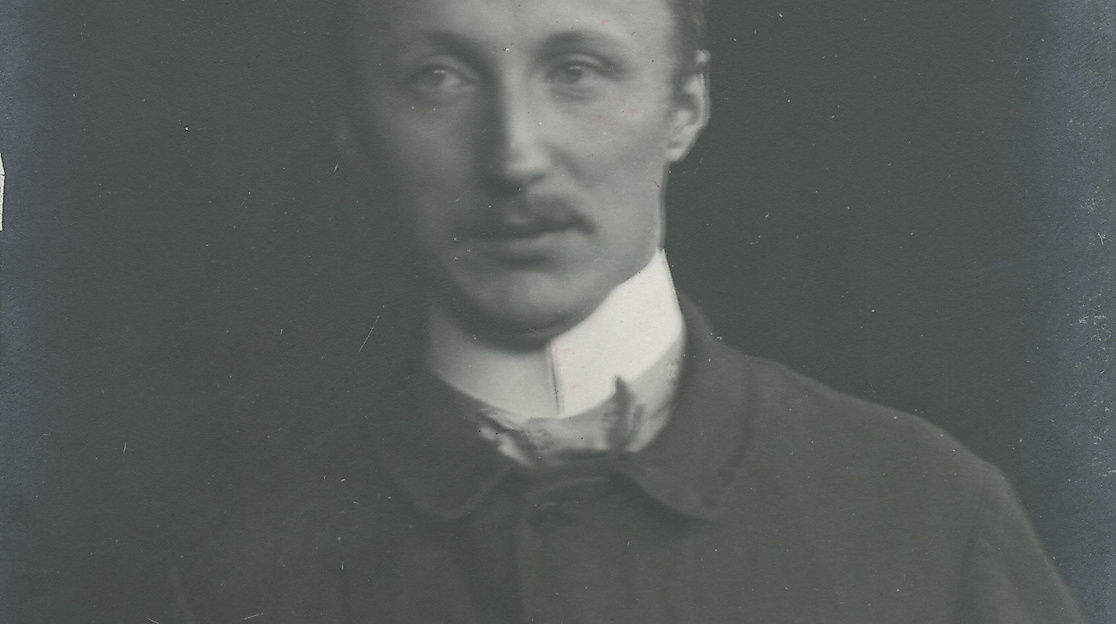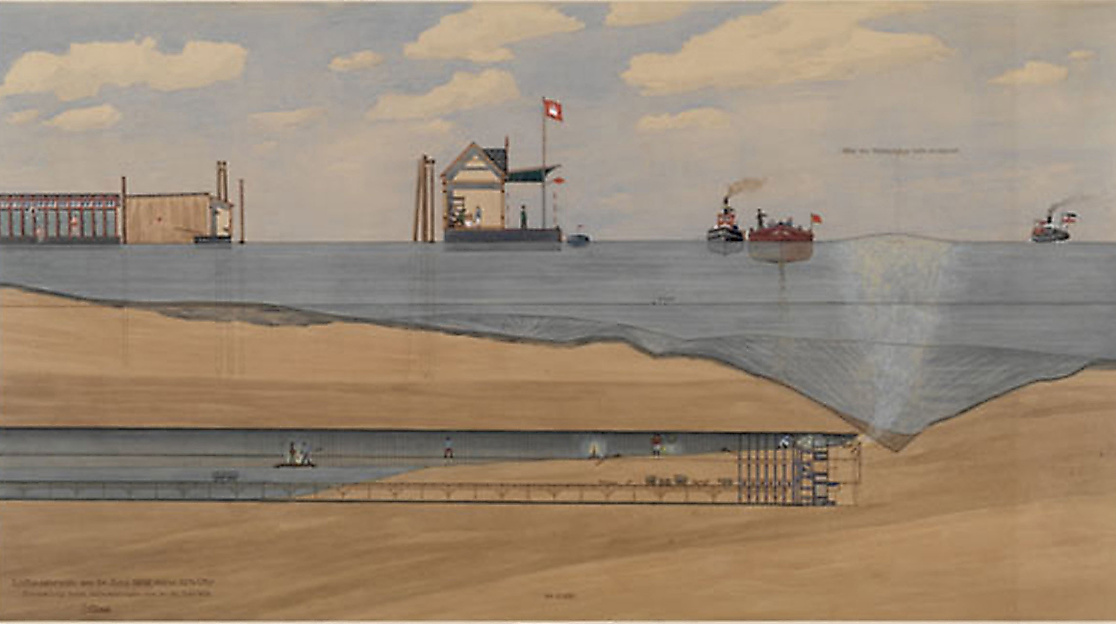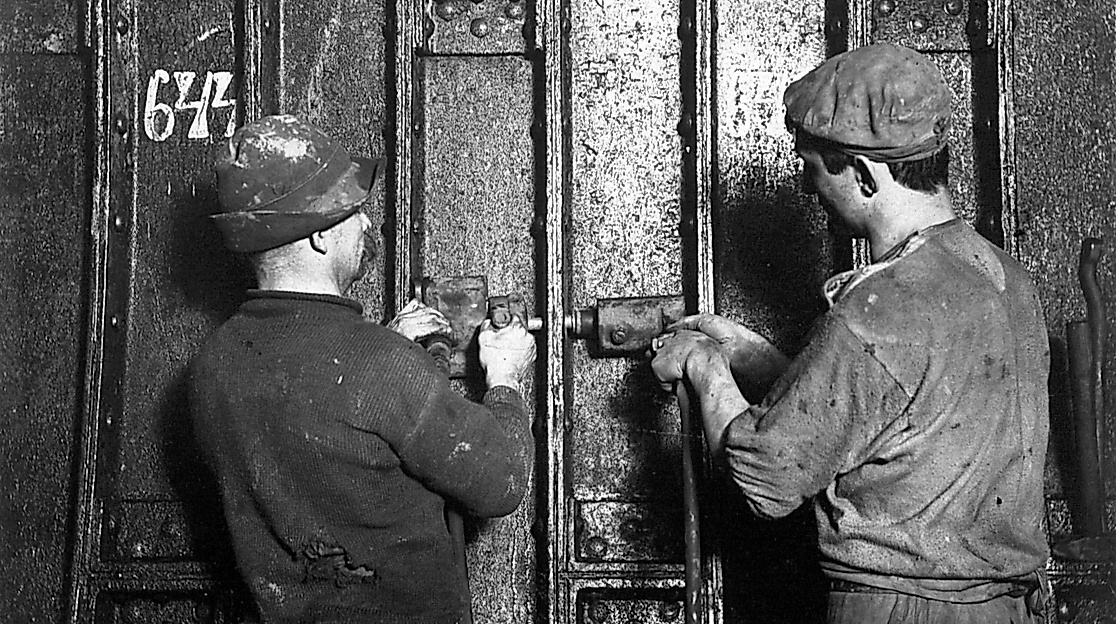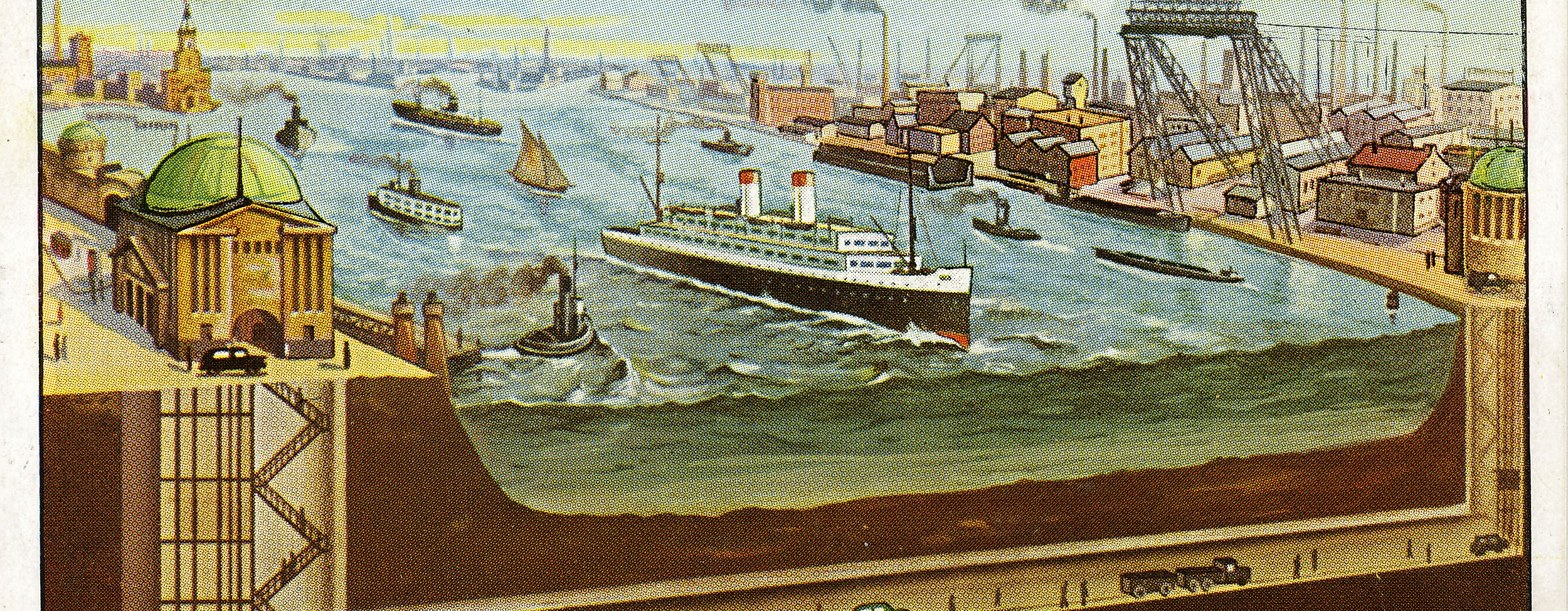
The venture under water
On September 7, 1911, Europe's first underwater tunnel was opened - the Elbtunnel. Dr. Jürgen Bönig (Museum of Work) writes about the technical sensation and a construction with great dangers.
The morning of June 24, 1909, the guests of the outdoor swimming pool were happily bathing in the Elbe - then a fountain shot up from the middle of the river and started the boats swaying. What had happened?
Those working for months under a protective shield and compressed air to build the Elbe tunnel tube had encountered a light and air-permeable layer in the mud of the Elbe's glacial valley. The air compressed in the shield, which otherwise dried the ground and kept it from entering the work area, erupted, hurling sand and debris upward from the bottom of the Elbe in a gush of air bubbles in a fountain. The men who were clearing the Elbe bottom with the shovel at the shield mouth were in extreme danger. First, some of the compressed air escaped, then the water came back and filled the tunnel construction equipment with water. In that case, fortunately, only half of it. All the workers rescued themselves onto the walkways of the working scaffold; the separation wall with a sluice for people and for material prevented the water from entering further into the still unfinished tunnel structure.
Simple & Concise
Officially, the tunnel under the Elbe is called St. Pauli-Elbtunnel. Since the tunnel was built at the end of the 1960s to relieve the Elbe bridges of car traffic, it has been nicknamed the Alter Elbtunnel.
- Start of construction: 22.07.1907
- Opening: 7.9.1911
- Construction costs: Around 10 million gold marks
- Length of the tunnel tube: 426.50 meters
- Height (from the bottom of the shaft to the entrance): 23.50 meters
- Water height above the safety plate: 12 meters
The master builder of the St. Pauli Elbtunnel, Otto Stockhausen, considered it to be "one of the most peculiar structures, which, although not among the most difficult, was probably one of the most interesting achievements in the art of engineering in Germany". The century-old structure still interests tourists today because of its unusual shape.
To avoid long approach ramps, vehicles and people reach the tunnel floor via elevators. The two tunnel tubes are made of iron tubbings, circular segments of iron of which six were screwed together behind the shield to form a full circle with a diameter of over 6 meters and then they were riveted together. All the gaps between the iron segments were caulked with lead, a material that began to disintegrate after 100 years and had to be replaced with lead again. Because of the compressed air used to keep the water out of the construction site, the first Elbtunnel was also a risky construction project, for which there had never been an existing example and drilled in such adverse unforeseeable ground.
Graduate engineers with outstanding responsibility for this construction project:
The St. Pauli Elbtunnel, which is now more than a hundred years old, owes its existence to a social explosion: During the port workers' strike of 1896/97, the tensions of a very rapidly growing city came to a surprising head for everyone in a strike that lasted for months and ended in defeat for the workers.
In the city of Hamburg, which had been growing rapidly since the connection to the customs union in 1888, the Senate had not yet found an answer to the problems caused by the strong immigration. There was a lack of affordable housing close to the workplace, hygienic conditions at work were unacceptable, the food supply was poor, and the existing means of transportation could no longer cope with the growing flow of workers. After the unexpected explosion of the dockworkers' strike, labor organizations, business leaders and the Senate responded: Housing cooperatives and consumer cooperatives strengthened, the new transshipment facilities provided for showers and toilets, and new means of transportation emerged for getting to and from jobs at the port. The elevated railroad came into being with its ring line around the Alster, leading to the Landungsbrücken. From there, the workers of the shipyards and the port could travel safely and in all weathers to the other side of the Elbe with the ships of the state-owned HADAG and to the Elbtunnel, whose elevators were used by tens of thousands of workers.
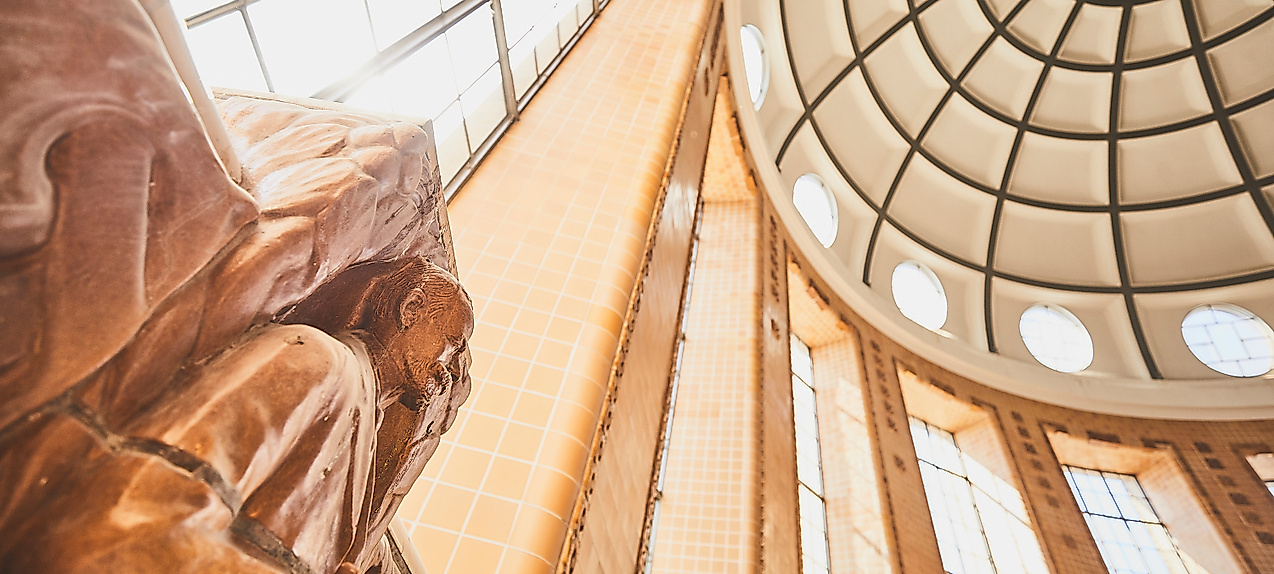
During its construction, shafts were driven under pressure to a depth of 15 meters into the bottom of the Elbe in the solid ground on the St. Pauli side and in the mud of the Elbe on the Steinwerder side. From Steinwerder, the engineers had the tunnel tubes dug through the Elbe bottom under the protection of a shield, a kind of larger tin can with platforms and emergency sluices.
Earlier tunneling and foundation work under water, known as caisson works, had resulted in numerous victims. Workers who had to work under conditions of overpressure became ill with diver's disease and died. Until then, it had been accepted that when the pressure in the lock was lowered too quickly on the way back, the more easily dissolved gas in the blood and body fluid could foam up into microfine beads and clog the blood vessels - the workers died of embolisms.
But Hamburg tunnel construction was under public attention. When the tunnel doctor Lauenstein was unable to prevent the first cases of illness and death, the doctor couple Arthur and Olga Bornstein, who had been studying caisson disease, were appointed in 1909. They constantly stayed at Steinwerder and examined every worker who returned from the compressed air construction site - a total of 4,400 workers were employed in tunnel construction. If symptoms of the dangerous disease appeared, such as numbness, dizziness, pain in the limbs, etc., the workers were brought back to the old air pressure in a separate treatment chamber and the pressure was slowly lowered until the dissolved gas had left the body again. Over 700 workers treated them in this way and saved them from the destiny of two other workers who, despite aching limbs, had gone home and died of embolisms.
The St. Pauli Elbtunnel is thus a historic landmark of engineering not only because of its bold segmental construction and elevators. It is an outstanding work of craftsmanship, evident in the ceramic tiles and tiling of the tunnel tubes, whose varied reflections and refractions against the background have been captured in millions of photographs.
It is at the same time a monument of care for the safety of work, which could be built with much less victims than previous underwater constructions demanded. That is why, after the restoration of the first tunnel tube of this technical monument, the square in Steinwerder where the tunnel doctors carried out their examinations and inspections should be named after Olga Adele and Arthur Bornstein, who prevented harm to the workers in tunnel construction through careful examinations and the new treatment method with the pressure chamber.
During the restoration of the St. Pauli Elbtunnel since 2010 as close as possible to its original state, the work methods of the builders became apparent, unforeseen damage had to be repaired and old craftsmanship had to be revived, an effort that the city and the Hamburg Port Authority mastered so that the structure, so significant for the city's history in many respects, could shine in its new glow.
